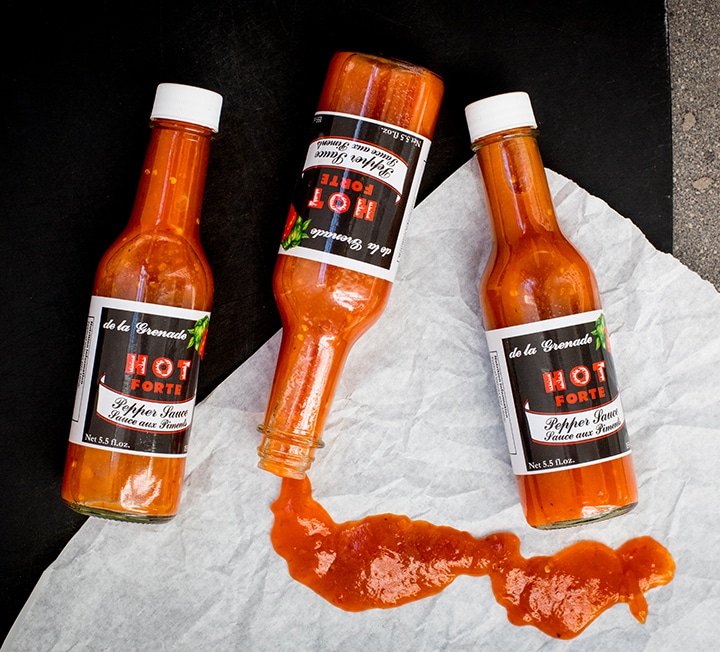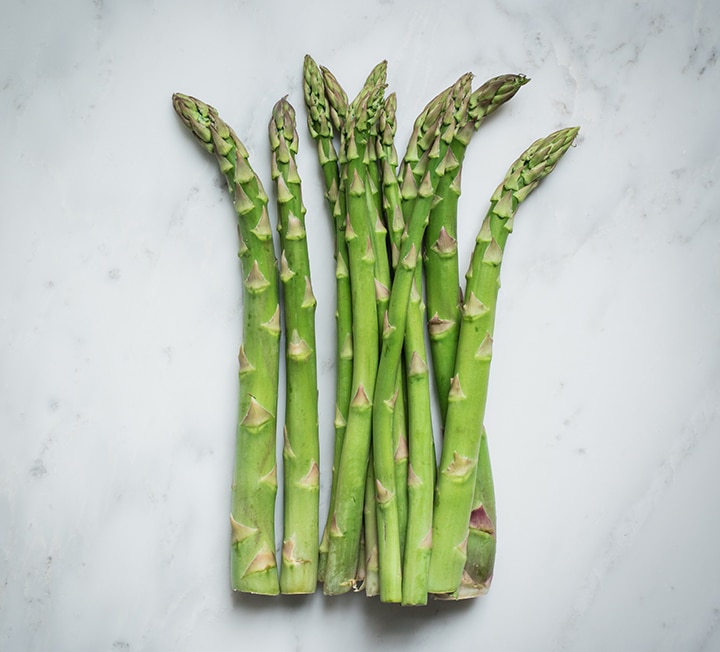Lay lady lay
Sybil Kapoor on the stunning variety and versatility of that most fundamental of cooking ingredients: the egg


“IT IS THE HIGH LEVELS OF PROTEIN, FAT AND WATER WITHIN EGGS THAT MAKE THEM SO USEFUL IN THE KITCHEN”
Eggs were once a springtime delicacy, as widely anticipated by British cooks as the first strawberries of the summer. Birds, if left to their own devices, only lay eggs when there is sufficient daylight, be they domesticated ducks or wild gulls. Today, most farmers encourage hens, ducks and quails to lay throughout the year by lighting their barns in the dark winter months.
Until the mid-20th century, spring was marked by the arrival of myriad different types of eggs, ranging from rich-tasting boiled plovers’ eggs (now illegal to collect) served nestled in a bed of moss, to pretty fawn-coloured guinea fowl eggs coddled in a hot-water bath as a breakfast treat. Such seasonality ensured that everyone appreciated the joys of a fresh egg and much care was taken in the summer to preserve hens’ eggs for the winter months by cleaning their shells and painting them in gum arabic.
As ES Dallas wrote in 1877 in his fascinating Kettner’s Book of the Table, there is “nothing in the way of food more simple than an egg, and nothing so quick and marvelous in its manifold uses and transformations. There are said to be about 600 ways of serving an egg, over and above the uses to which it may be put in creams, custards, liaisons, sauces, and cakes.”
Today, the number of egg-dependent recipes available to British cooks must far exceed his 600 ways, given our access to ideas from around the world. No Victorian cook would have dreamed of serving her diners a delicate Italian stracciatella (egg-drop) soup, let alone a hearty dish of Moroccan fried eggs with tomatoes and cumin.
Modern cooks are far more likely to make Ottolenghi’s Turkish baked eggs with yoghurt or Sabrina Ghayour’s Persian herb frittata, than an old-fashioned butter-rich egg sauce or poached eggs with gravy, served on a crouton with a rich, clear veal gravy. In Modern Cookery for Private Families (1845), Eliza Acton suggested that a young swan’s egg could be served this way – on a large crouton, or preferably on some spinach, “and sauced with highly flavoured gravy, or with tomata-sauce well-seasoned with eshalots”.

All these recipes rely on the unique properties of eggs. A hen’s egg white contains more than 10 per cent protein by weight, while the yolk contains nearly 20 per cent protein, including the emulsifying protein lecithin, as well as a high quantity of fat. Both white and yolk carry minerals such as iodine, phosphorus and selium, and vitamins A, D, B12 and folate. In other words, they’re very nutritious as well as delicious.
It is the high levels of protein, fat and water within eggs that make them so useful in the kitchen. The protein will set when gently exposed to heat, which allows the creation of all manner of wobbly custards, from coffee crème caramel to leek and bacon quiche. It also enables otherwise crumbly mixtures to be bound together once cooked, such as a buttery bread stuffing or a pork and spinach terrine.
Best of all, it allows cooks to create lightness in their dishes by beating or whisking air into the eggs or egg whites, which expands and sets when exposed to heat, for example in a cheese soufflé, fluffy lemon cupcake or fragile meringue.
The egg yolk’s fat ensures that the soufflé or cake has a moist, rich texture. In contrast, egg whites produce drier-textured dishes even when the meringue is poached, such as in floating islands.
The egg yolk’s fat also imbues sauces with an unctuous texture when their protein thickens a liquid, such as a vanilla custard or a rhubarb curd. It’s the protein lecithin within egg yolks that enables them to hold both water and fat to create a stable emulsion, regardless of whether it is submitted to heat, such as with a béarnaise sauce where butter is added, or kept cold in mayonnaise, for example.
The ability of egg whites to form an airtight coating around each bubble of air when whisked can also be preserved by setting with gelatine or chocolate. This is particularly useful for custard-based ice cream makers such as myself, who can use up all their excess whites by making orange flower water marshmallows and chocolate pots.
All of which makes me want to make some more egg-based dishes – anyone for saffron bread and butter pudding?
Bantam eggs
Half the size of chicken eggs, these are normally found through friends and family. Perfect for breakfast.
Duck eggs
These have a slightly richer eggy flavour than hen’s eggs. They are delicious scrambled, or used in classic unctuous egg dishes such as omelettes or custards. The egg whites form smaller bubbles when whisked, which gives meringues and whisked sponges a different texture. Available all year round.
Goose eggs
Goose eggs are traditionally sold from 14th February until the beginning of May, as domesticated geese very sensibly insist on only laying their eggs as the weather turns warm in the spring. A single egg can weigh anything between 180-200g. The yolks have a high fat content.
Gull eggs
Gull eggs are only permitted to be collected under license and are sold for a brief period at the end of April. As a result, they are considered a delicacy. They have an intense eggy taste and are usually served simply, for example, boiled with celery salt.
Hen eggs
Available all year round in a wide variety of shapes and colours, depending on the breed of hen. An average hen’s egg will weigh around 50g, although their size and weight can vary considerably. The colour of the yolk is dependent on the hen’s diet – free-range foraging in grass produces a rich yellow yolk.
Pheasant eggs
Due to their strong flavour, pheasant eggs are best served in salads, where their taste can be balanced with other ingredients. They’re in season from April until June but like guinea fowl and bantam eggs, are often hard to find. Oddly, they have proportionally more yolk to egg than a hen’s egg.
Quail eggs
Quails’ eggs have such pretty shells, you feel they ought to be made of chocolate and praline. Happily, they’re available throughout the year and, weighing between 15-20g, they’re perfect for canapés and salads.


